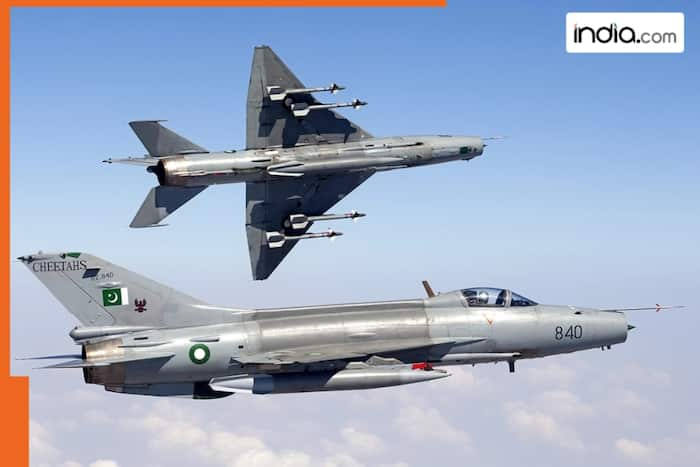The PFX (Pakistan Fighter Experimental) has been slated as the game changer.

New Delhi: India is miles ahead of Pakistan in terms of military capabilities as well as indigenous manufacturing know-how. Right from the supersonic combat aircraft Tejas to the DRDO’s successful flight-trial of India’s first long-range hypersonic missile on November 16 (Saturday) 2024. India has joined the elite club of countries that possess this deadly weapon.
Pakistan has always, by hook or by crook, tried to match military prowess with India, and in this race, the country recently organised IDEAS 2024 from 19 November to 22 November 2024 at Karachi. IDEAS is the acronym for the International Defence Exhibition and Seminar, a defence sector event.
This year, the Pakistan Air Force (PAF) unwrapped the particulars of the PFX (Pakistan Fighter Experimental), a mission with a focus on creating, designing, and developing a home-grown 4.5+ generation fighter jet. This is exactly what India had strived for decades and has successfully developed its own military hardware and now a lagging behind Pakistan aspires as it aims to augment its air power with Pakistan made stuff rather than borrowed or stolen ones.
The PFX (Pakistan Fighter Experimental) has been slated as the game changer.
India’s Tejas combat aircraft a supersonic single-engine combat aircraft while PFX is said to be a twin-engine fighter jet with modern features, even than that of the JF-17 jet it co-developed with China.
The PAF says that the PFX will be equipped with advanced stealth features, which will make it difficult for radars to detect. It will also be equipped with a passive radar, enabling it to detect enemy aircraft without transmitting anything or revealing its own location.
“The PFX fighter jet will be able to compete with the Indian Tejas fighter jet and will be ready for operational use in the next 4-5 years,” said a PAF spokesperson adding that the PFX fighter will also feature improved avionics, a more powerful radar, and greater payload capacity.

